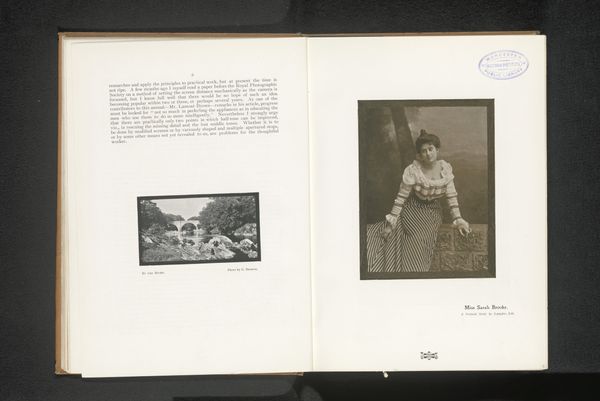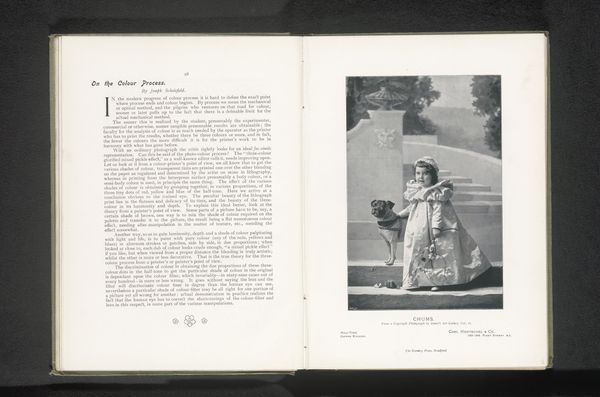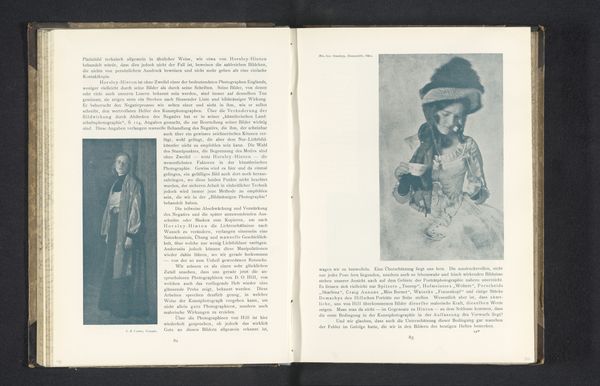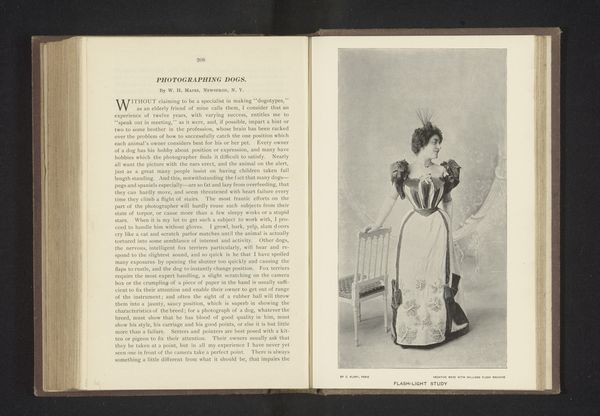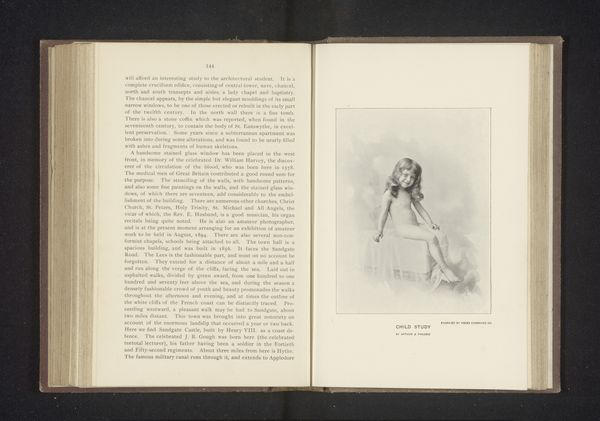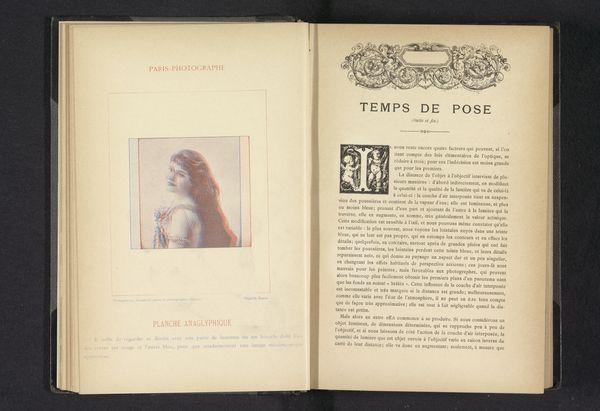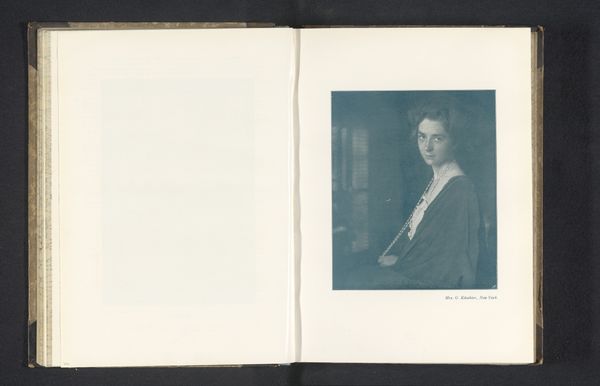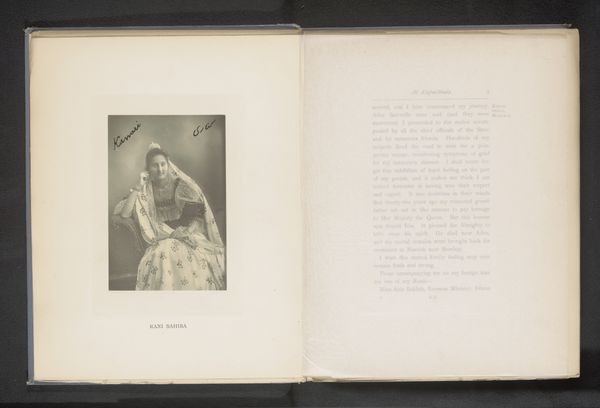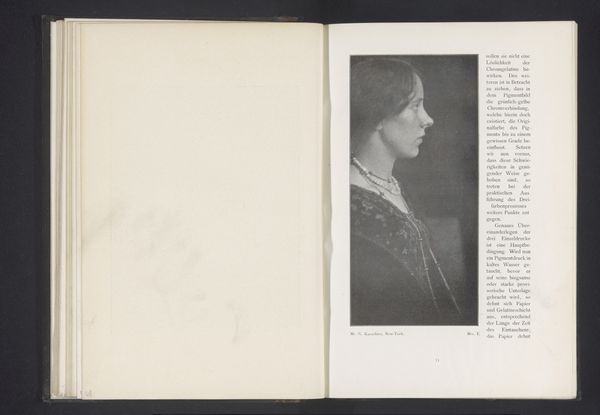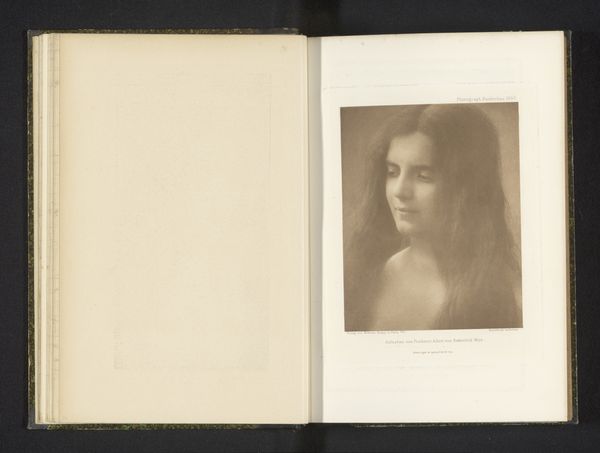
painting
#
portrait
#
still-life-photography
#
painting
#
genre-painting
#
realism
Dimensions: height 155 mm, width 127 mm
Copyright: Rijks Museum: Open Domain
Editor: Here we have an untitled reproduction of a portrait of an unknown woman by Electro-Tint Engraving Co., created before 1900. The figure has this dream-like gaze about her. What draws your eye when you look at this piece? Curator: I’m struck by how this portrait, seemingly traditional at first glance, intersects with emerging industrial technologies of its time. This “reproduction” you mentioned points to a key question: what does it mean to represent someone, especially a woman, in an age increasingly dominated by mass production? Editor: That's a good point. I was focusing more on the soft, dreamy atmosphere, but it's interesting to think about how it was made. How would that relate to her representation? Curator: Well, think about it: Electro-Tint Engraving Co., created this “reproduction,” which implicates photographic techniques transforming portraiture’s role. No longer just for the elite, images could be circulated more widely. This act of reproducing images, particularly of women, raises questions around visibility, commodification, and access to representation, isn't it? Who had access to being seen and how were these images controlled and consumed within a patriarchal structure? Editor: So, it is about who gets to be represented and how accessible those representations are to the wider public. It reframes the painting as less of a simple portrait and more as a political object. Curator: Precisely. This seemingly simple portrait becomes a potent site for investigating the complexities of representation, power, and the gaze during a transitional moment in visual culture. Editor: I hadn't considered that angle at all! Seeing it through the lens of reproduction changes my entire understanding. Curator: Indeed! Art, particularly portraiture, is never neutral. Examining its historical and social context unlocks the power dynamics embedded within its visual language.
Comments
No comments
Be the first to comment and join the conversation on the ultimate creative platform.

